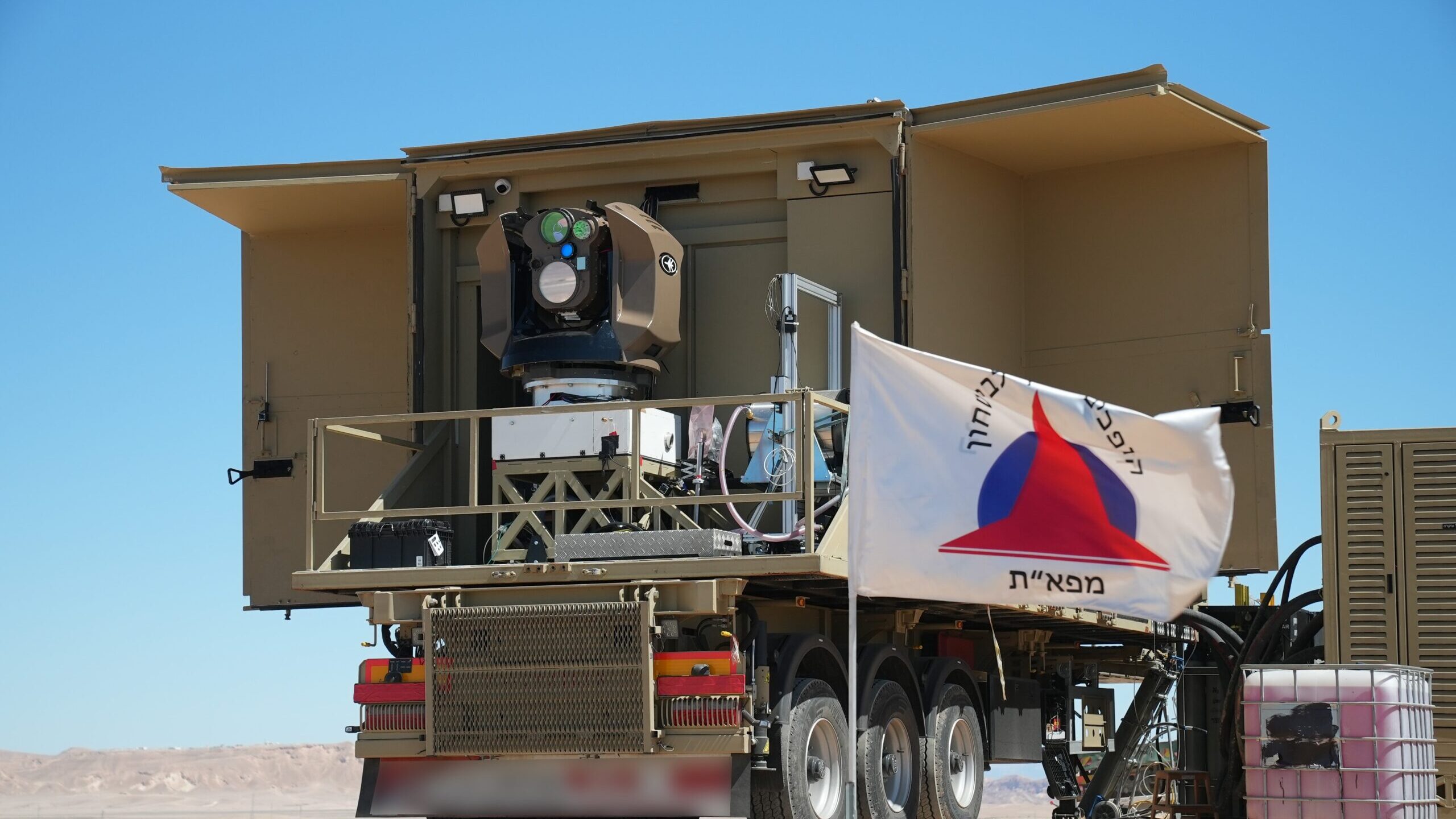Israel’s defense capabilities are among the most advanced in the world, thanks to systems like the Iron Dome and Iron Beam. These technologies play a critical role in protecting the country from missile threats and aerial attacks. Let’s break down how each system works and why they are so effective in ensuring security.
The Iron Dome: Protecting the Skies
The Iron Dome is a mobile all-weather air defense system developed by Israel to intercept short-range threats, primarily rockets and artillery shells. When a rocket is fired toward a populated area, the Iron Dome’s radar system detects it and calculates its trajectory. If the rocket is heading toward a vulnerable target, the system launches a missile from its interceptor launcher to destroy the incoming threat mid-air.
What makes the Iron Dome particularly impressive is its ability to evaluate the trajectory of the rocket in real time. If the missile is projected to land in an uninhabited area, the system will not intercept it, saving on costs and resources. The Iron Dome is known for its high interception success rate—reliably stopping most threats before they reach their targets.
Each Iron Dome battery consists of a radar, a command and control center, and interceptor missiles. The system is flexible, with the ability to defend multiple areas at once, making it highly effective for Israel’s security needs.
The Iron Beam: A New Frontier in Defense
The Iron Beam represents the next generation of defense technology. Unlike the Iron Dome, which uses traditional interceptor missiles, the Iron Beam relies on directed energy to neutralize threats. This cutting-edge system uses a high-powered laser to destroy incoming rockets, UAVs (unmanned aerial vehicles), and other airborne threats.
The Iron Beam is unique because it offers a more cost-effective and environmentally friendly solution compared to traditional missile-based defense systems. Instead of firing costly missiles to intercept threats, the Iron Beam uses energy from a powerful laser to target and destroy incoming projectiles. This not only reduces the cost per interception but also minimizes the risk of collateral damage.
The technology behind the Iron Beam involves powerful lasers that can pinpoint and disable targets with incredible precision. It works in conjunction with the Iron Dome, providing a layered defense approach that can handle a broader range of threats.
Combining Forces: The Future of Israeli Defense
While the Iron Dome and Iron Beam function independently, they are designed to complement each other. The Iron Dome handles short-range rocket threats, while the Iron Beam adds another layer of defense with its directed energy capabilities. This combination ensures that Israel’s defense network can adapt to evolving threats.
Israel’s use of these technologies demonstrates the country’s commitment to safeguarding its citizens using innovative and cutting-edge defense systems. With the Iron Dome and Iron Beam, Israel is not only protecting its borders but also setting the stage for the future of defense technologies around the world.
In summary, both the Iron Dome and Iron Beam are vital to Israel’s defense strategy. The Iron Dome excels at intercepting short-range missiles, while the Iron Beam represents a new frontier in directed energy defense. Together, they offer a powerful shield against a wide array of aerial threats, ensuring that Israel stays secure in an increasingly dangerous world.



